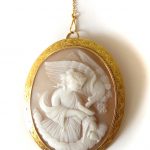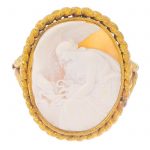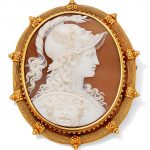Hebe / Juventas – Hebe is the Greek goddess of youth. In Roman mythology she is known as Juventas.
Hebe is often depicted in a sleeveless dress. She is also depicted pouring out nectar from an upraised vessel, or bearing in her hand a shallow dish, supposed to contain ambrosia.
Hebe was a remarkably popular subject in art in the period from about 1750 to 1880, having attracted little artistic attention before or after, although one of the headless figures from the Parthenon pediment in the British Museum might represent her. In the later period many depictions were portraits of ladies as Hebe, for which at a minimum the only modifications to a normal costume needed were a flowing white dress, some flowers in the hair and a cup to hold. Most artists added an eagle, and a setting amid the clouds. In French there was a special term “en Hébé” for the costume. The personification appears in rococo, Grand Manner and Neoclassical styles. Even some very aristocratic models allowed a degree of nudity, such as exposing a single breast, though this was often much greater in non-portrait depictions.






